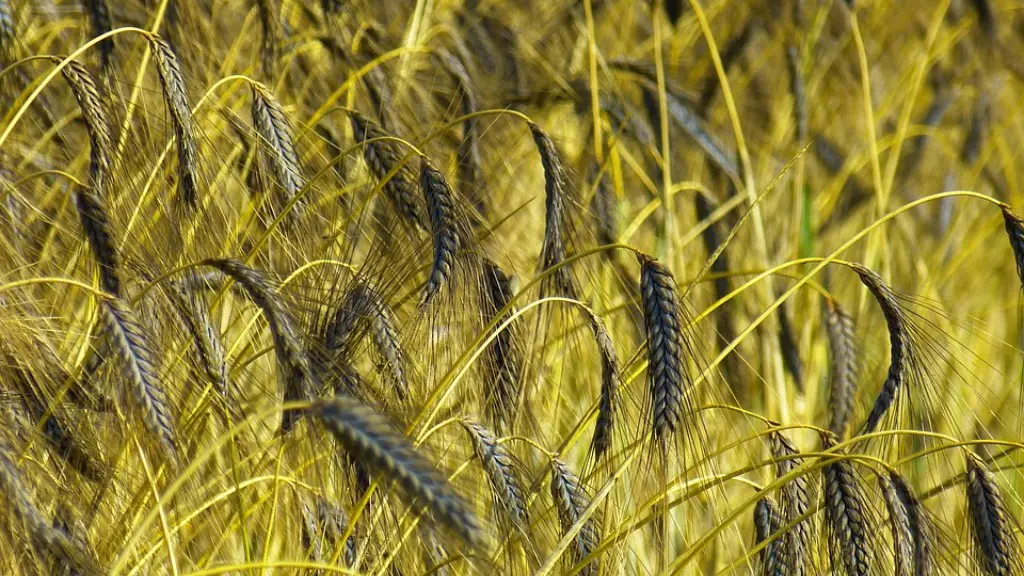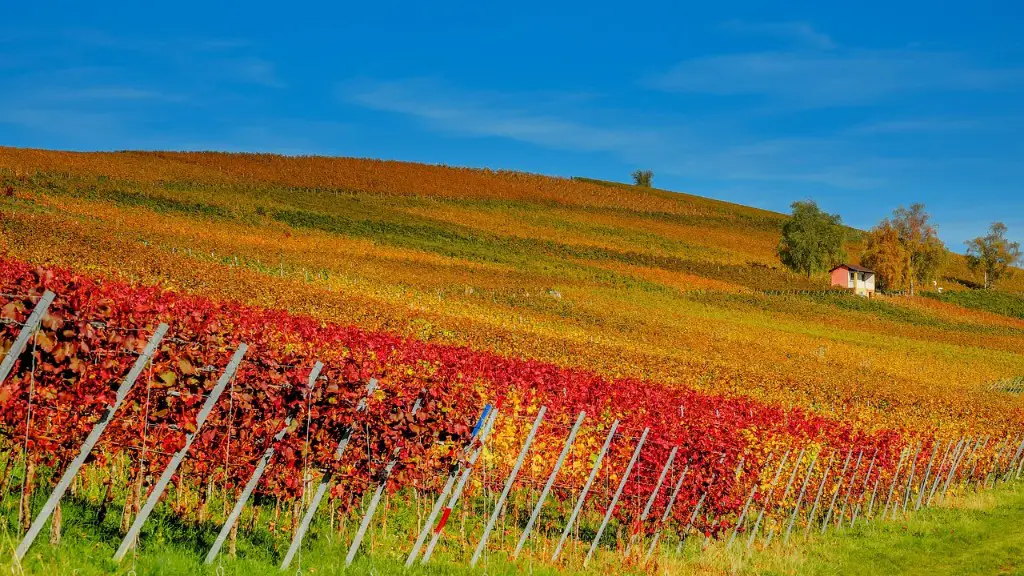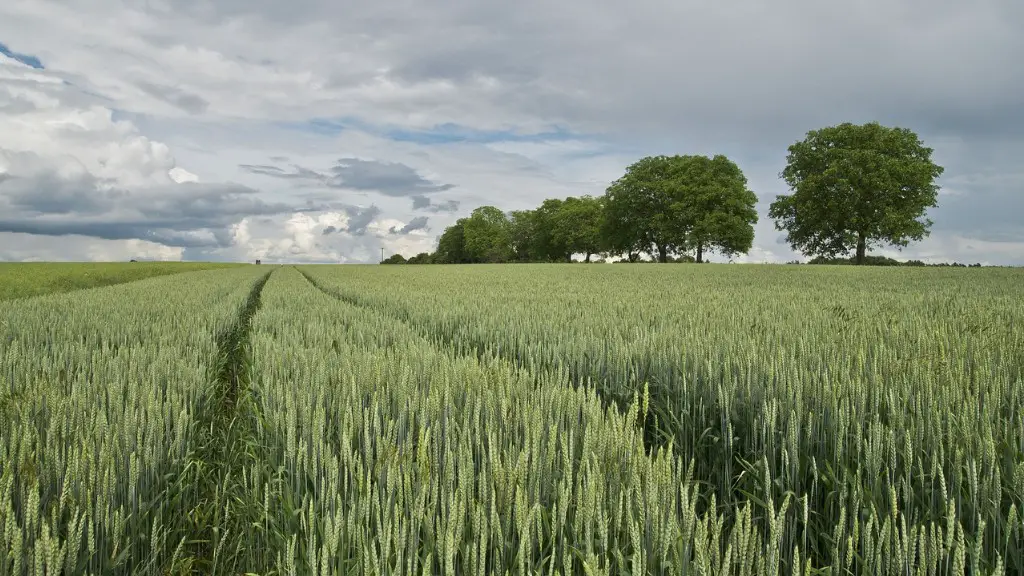Curing is a key component of agricultural production, as it is the process by which seeds, grains, and other materials are stored for long-term use. Curing can help preserve food stocks and prevent moisture, heat, and pest damage. This process is of great benefit to agricultural communities and has been used for hundreds of years. What exactly is curing in agriculture? What are its benefits and drawbacks? Let’s take a look.
Curing can be defined as the process of controlling the moisture and temperature of produce during the storage period. This involves applying certain treatment methods, such as the use of air, heat, or chemicals in order to modify the biochemical and physiological condition of agriculture products. This process leads to dehydrates, concentrates, and pasteurizes the product, ultimately enhancing its shelf life and preventing spoilage. Cured items are also less susceptible to infestation and decay, as they contain a lower moisture content.
The effectiveness of the curing process relies heavily on the quality of the product, as well as on the storage conditions. That is why it’s important to select the best crop available and use appropriate storage facilities to prevent the growth of harmful organisms. Furthermore, the temperature of the storage room must be regulated in order to preserve the items in their best condition.
Curing also has some drawbacks. One of the primary concerns regarding this process is that it can lead to losses of nutrients, vitamins, and minerals from the food. In addition, some of the treatments that are used in curing can introduce unsafe concentrations of chemicals into the food, which can be dangerous for human consumption. Not following the appropriate curing protocols can create further health risks by enabling microorganisms to thrive in the food. As a result, the curing protocols must be followed strictly and accurately, in order to ensure the safety of the products.
Curing is a critical part of agricultural production, as it is the process by which seeds, grains, and other materials are stored for long-term use. This process can help preserve food stocks, enhance shelf life, and prevent spoilage. But proper procedures must be followed and enforced to ensure the safety and quality of the end product. With that in mind, proper curing practices should be followed in order to maximize the benefits of the process.
Types of Curing for Different Products
Curing methods and practices vary based on the type of food or product that is being stored and the desired shelf life. For example, organic agriculture by-products such as fruit and vegetables require different curing methods than grains or grains. In addition, products with high water content, such as some seafood, require special methods to reduce the moisture content and prevent spoilage. Some of the most common curing methods for different kinds of products include air curing, dehumidification, heat treatment, and the use of electrolyzing agents.
Summary of Benefits and Drawbacks of Curing in Agriculture
Overall, curing in agriculture has a range of benefits and drawbacks that must be weighed when considering its application. On the plus side, curing helps preserve food stocks, increase shelf-life, and guard against spoilage and decay. Additionally, curing reduces the risk of pest infestation and contamination, and even helps improve the flavor, texture, and nutrition of the product. On the other hand, some treatments associated with curing may involve the use of dangerous chemicals and can reduce the nutritional content of the item. Additionally, if curing protocols are not followed precisely, harmful organisms may be introduced into the agricultural produce.
Implications for Agricultural Producers
Curing can be a crucial part of a successful agricultural production process, and can help farmers and producers optimize the quality and shelf-life of their products. With food spoilage and contamination being a common threat in the agricultural industry, it is important for producers to understand and incorporate the best curing practices into their operations. However, it is important to be aware of the potential drawbacks of curing, such as nutritional losses and the risks of contamination, in order to ensure the safety and quality of the final product.
Modern Trends in Curing in Agriculture
In recent years, the curing process in agriculture has been revolutionized by the use of modern technologies, such as machine learning and artificial intelligence. These technologies have enabled producers to automate the entire curing process, making it more effective and efficient. In addition, modern techniques have enabled producers to reduce waste, as they are now able to better manage and control the curing of food and products. As a result, producers now have greater control over the quality of their products and improved outcomes for their operations.
Future Developments in Curing in Agriculture
Going forward, further technological advancements are expected to be made in the field of curing in agriculture. For instance, the use of blockchain technology is expected to revolutionize the curing process, as it offers more visibility, traceability, and security. Additionally, the development of precision curing techniques are paving the way for farmers to produce higher quality products with greater shelf-life. Finally, automated curing equipment and systems have been developed and are expected to be integrated into curing operations in the near future, providing greater accuracy and control.


